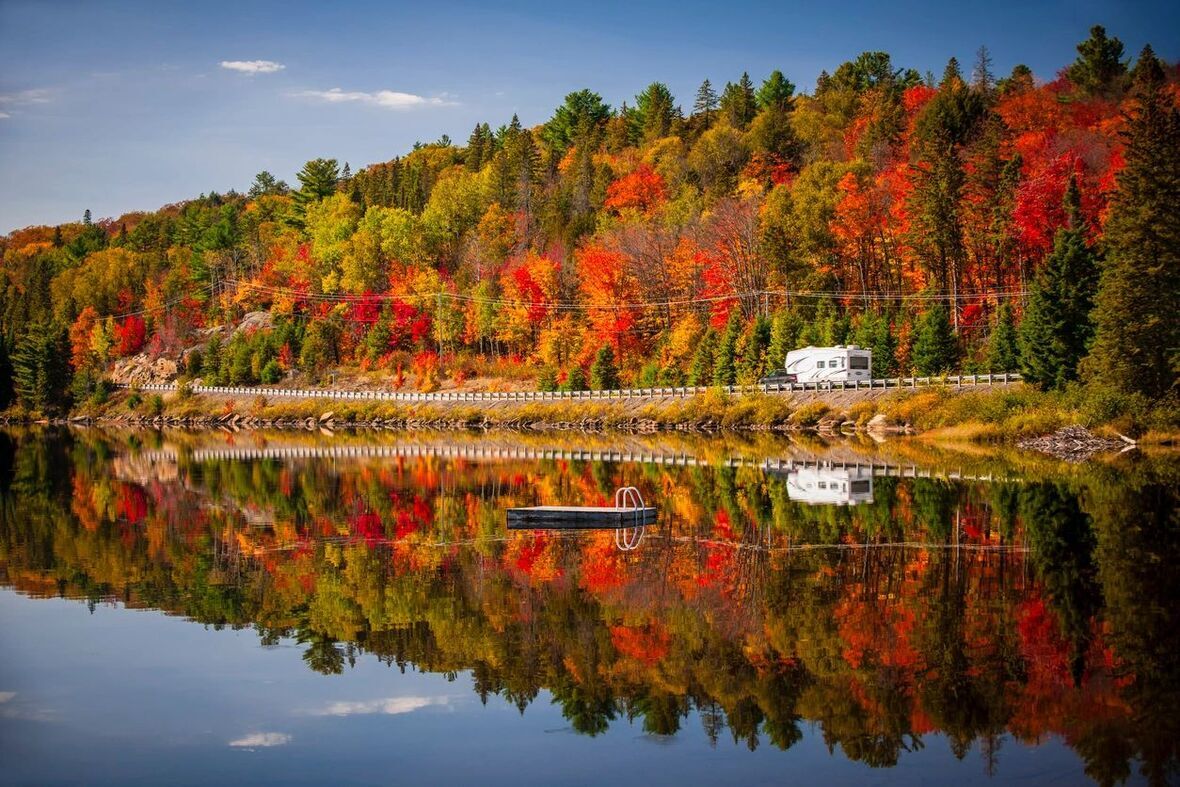Over the last few months, I’ve grown more spiritually, learning and using concepts to better myself, others, and the world we live in.
This next series, we will delve into practices that I’ve been doing for years, have used and tried, and ones that are fairly new for me. I look forward to sharing them with you.
Living in New England, I couldn’t ask for a better place to live. New Englanders get to experience all 4 seasons. I don’t have a single favorite season because each season has its glorious highlights.
This week, we will go into one of my favorite seasons and interests. 30 years ago, we planned our wedding to show off Autumn and its colorful nature.
The Autumnal Falling Of Leaves And Leaf Peeping
One of the most beautiful and captivating phenomena of nature is the changing of colors and falling of leaves in autumn. This seasonal spectacle attracts millions of people every year to witness the vibrant hues of red, orange, yellow and brown that adorn the trees and carpet the ground.
What causes this amazing transformation and why do some people enjoy it so much?
The science behind the falling of leaves is quite simple. As the days get shorter and colder, the trees prepare for winter by slowing down their photosynthesis, the process that converts light energy into chemical energy and produces sugars. The chlorophyll, the green pigment that gives leaves their color and helps with photosynthesis, breaks down and reveals other pigments that were hidden underneath, such as carotenoids (yellow and orange) and anthocyanins (red and purple). These pigments give the leaves their distinctive autumn colors.
Eventually, the leaves lose their connection to the tree and fall to the ground. This is a survival strategy for the tree, as it reduces water loss and prevents damage from insects and diseases. The fallen leaves also provide nutrients and organic matter to the soil, creating a fertile environment for new growth in spring.
The practice of observing and appreciating the fall foliage is known as leaf peeping. This term originated in New England, where the autumn colors are especially spectacular due to the diversity of tree species and the contrast with the evergreen conifers. Leaf peeping is a popular recreational activity that involves driving, hiking, biking or taking a train through scenic routes that offer stunning views of the colorful landscape. Some people even plan their vacations around the peak times of leaf peeping, which vary depending on the location, elevation and weather conditions.
Leaf peeping is not only a fun and relaxing way to enjoy nature, but also a source of economic benefits for many regions. According to a 2017 report by the U.S. Forest Service, fall tourism generated $8 billion in consumer spending and supported 85,000 jobs in New England alone. Other areas that attract leaf peepers include the Appalachian Mountains, the Great Lakes, the Rocky Mountains and parts of Canada, Europe, and Asia.
Some tips for leaf peeping are:
• Plan ahead: Check the weather forecast and the peak foliage dates for your destination. You can use online maps and apps that show the color progression of the leaves in different areas.
• Choose a scenic route: Drive along scenic roads or trails that offer panoramic views of the landscape. You can also hike, bike, or take a train ride to explore the scenery.
• Capture the moment: Bring a camera or a smartphone to take photos of the colorful leaves. You can also collect some leaves as souvenirs or make a leaf collage or craft.
• Enjoy the experience: Leaf peeping is not just about seeing the colors, but also feeling the crisp air, smelling the autumn scents, and hearing the rustling of the leaves. You can also visit local attractions, such as farms, orchards, markets, or festivals that celebrate the harvest season.
Whether you are a seasoned leaf peeper or a curious beginner, there is no doubt that witnessing the autumnal falling of leaves is a rewarding and memorable experience. It is a reminder of the beauty, diversity and cycle of life on our planet.
See you next week!


